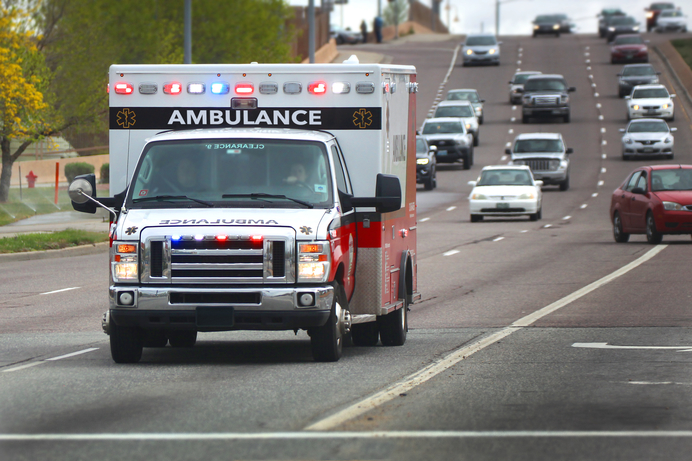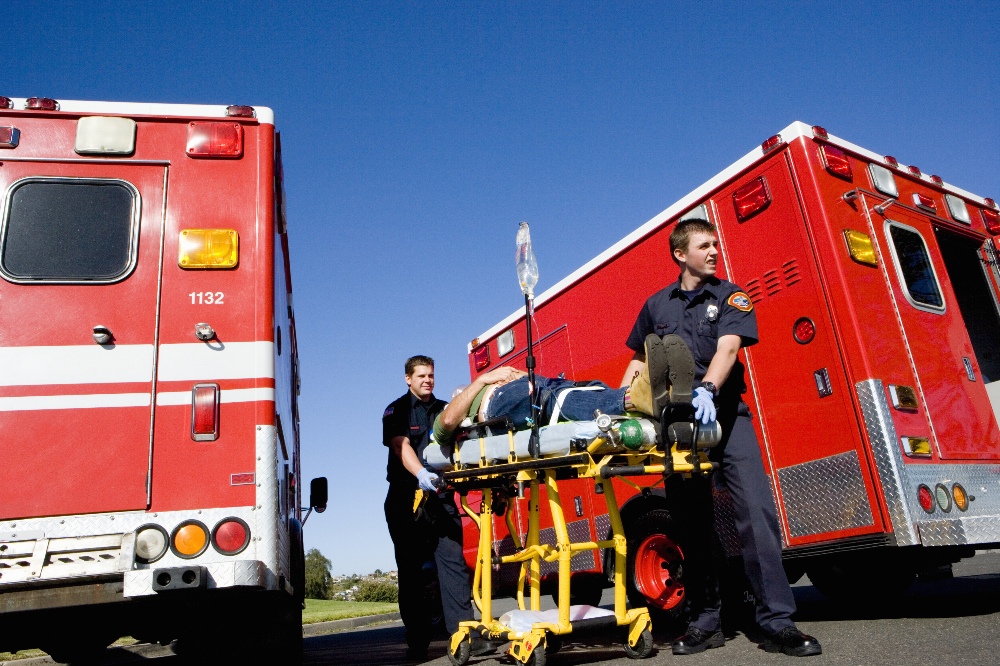Federal and Ohio state officials are making progress in the fight against opioid overdoses, but it seems that every time some good is done, something new comes along to undo it. This is the case all over Ohio where fentanyl-laced cocaine has caused skyrocketing overdose numbers, particularly in African American communities.
In 2017, cocaine-related overdoses accounted for 14,000 American deaths, more than a 34% increase from 2016. Cocaine-related overdoses are rising nationwide, but none faster than in Ohio, which is home to the highest rate of cocaine overdoses in the nation. In 2017, 14 people per every 100,000 Ohio residents died from a cocaine overdose – approximately 225% higher than the national average.
The overdoses are clustered in predominantly urban and African American communities like Cleveland and Cincinnati. The University of Minnesota’s State Health Access Data Assistance Center states drug-related deaths have risen prominently in the U.S. since 2000 and are concentrated in rural and urban areas.
The striking numbers in Ohio come as more Americans are turning to cocaine than ever before. A federal survey shows 2 million Americans used cocaine in 2018, compared to 1.4 million in 2011. African Americans are 40% more likely to use cocaine than whites.
The real scourge from cocaine comes not just from cocaine, but the fentanyl more dealers are using to lace their product. Fentanyl is several more times more powerful than heroin or morphine, and many users are unaware there’s any fentanyl in their product until an overdose. Your whole system is kind of thrown a curveball,” said Katherine Engel, director of nursing at the Center for Addiction Treatment in Cincinnati. “You’re an opiate virgin, so to speak.”
The risk also extends to users who like to mix stimulants like cocaine with depressors like opioids since fentanyl is so much more powerful than typical street drugs. “In the ’70s, a ‘speedball’ was a mix of cocaine and heroin. I call this ‘speedball 2.0.’ Fentanyl has made it much worse,” said Newton police chief Tom Synan. “It’s made every drug people are addicted to into a crisis.”
The supply side of cocaine has helped drive the numbers. According to the U.S. Drug Enforcement Administration (DEA) Colombia is hitting record numbers in manufacturing the illicit substance and exporting it into the U.S. More cocaine means higher availability and cheaper prices.
Now dealers and suppliers are cutting their cocaine with potent opioids to help keep users hooked. While this may kill some, it sends others right back to their dealers. “Instead of being a deterrent, it’s an incentive for some,” said Evonne Stephenson, a nurse practitioner at the Urban Minority Alcoholism and Drug Abuse Outreach Program of Cincinnati. “Everyone thinks they’re invincible.”
Cocaine users are less likely to carry overdose-reversing naloxone since they don’t consider themselves opioid users and don’t see the need for it when their chances of overdosing on fentanyl-spiked products are not unlikely.
Despite its potency, fentanyl is cheaper than cocaine. “The reason they’re putting it in is it’s cheap,” said Thomas Fallon, commander of the Hamilton County Heroin Coalition Task Force. “Also, they’re not chemists. They don’t always know what they’re doing.”
62-year-old Cincinnati resident Gwendolyn Barton is a recovering cocaine addict and compares using cocaine today to playing Russian roulette. “One person might get super high,” she said. “The next one may take it and die.”
Unfortunately for these residents, the surge in cocaine deaths is overshadowed by the larger opioid epidemic that kills tens of thousands annually, most of them white. African Americans are more likely to use cocaine and 80% more likely to overdose compared to whites.
Ohio’s efforts to reduce the cocaine overdoses have stalled due to several challenges and it begins with community involvement. Many African American residents distrust police efforts against cocaine thanks in part to the war on crack cocaine in the 80s and 90s that unfairly prosecuted African Americans who used crack compared to whites who used cocaine.
“The way people think about and tackle drug use has been “influenced by who we think uses them,” said Jeffrey Coots, who directs John Jay College of Criminal Justice’s “From Punishment to Public Health” initiative in New York. “There’s a thought that no one cared until a bunch of white people started dying,” said Mary Stephenson, a Cincinnati nurse practitioner. “That’s so tragic.”
There are also fewer treatment options and weapons against cocaine compared to opioids. There are already a few FDA-approved medications like Suboxone to help treat opioid users but there are currently no medication-assisted treatment plans for cocaine. Despite the challenge, law enforcement, public health officials, and community organizations are reaching out to affected communities about what can be done and trying to shine the spotlight on cocaine use.
“What we’d certainly like to see more of is community-level interventions that go at the drivers of drug use in the first place — seeing it as the symptom of a problem,” Coots said.
Ohio’s Hamilton County Heroin Coalition has reached out to the African American community through community programs, public forums, churches, and has asked local leaders to do their part. The coalition also includes an emergency response team made up of addiction specialists and medical personnel that can help during overdoses or follow up after crisis situations.
Barton, sober since 2008, said her treatment plan help keeps her motivated, productive, and sober. She has reached out to other users in her neighborhood with love but also offers them a critical warning – “One day, you’re just not gonna come back.”
If you or a loved one have a problem with cocaine or any other substance, Ohio ARC can give you the help you need to get your life back on track.







